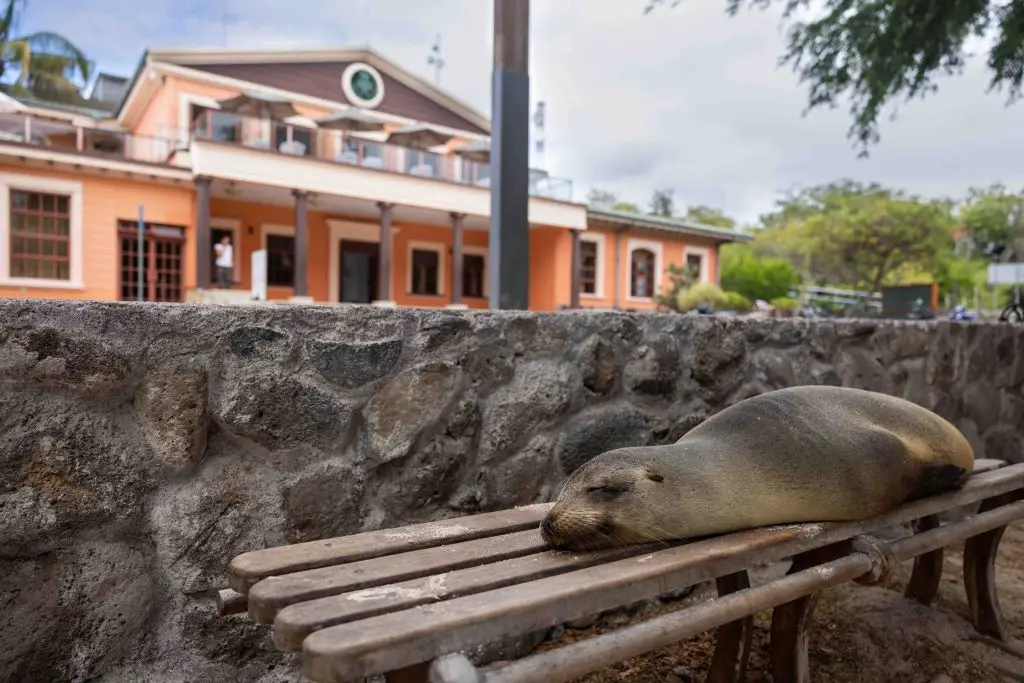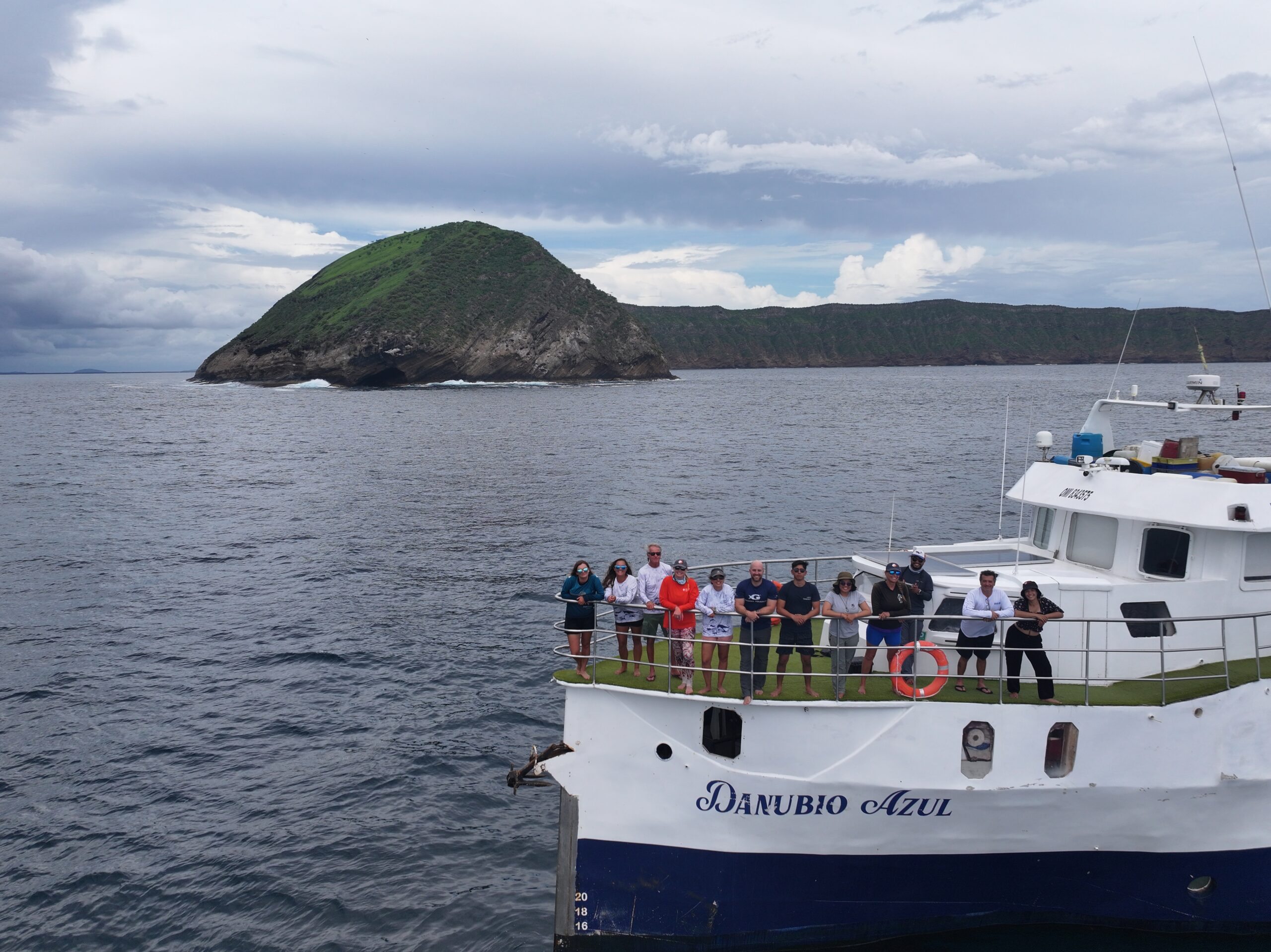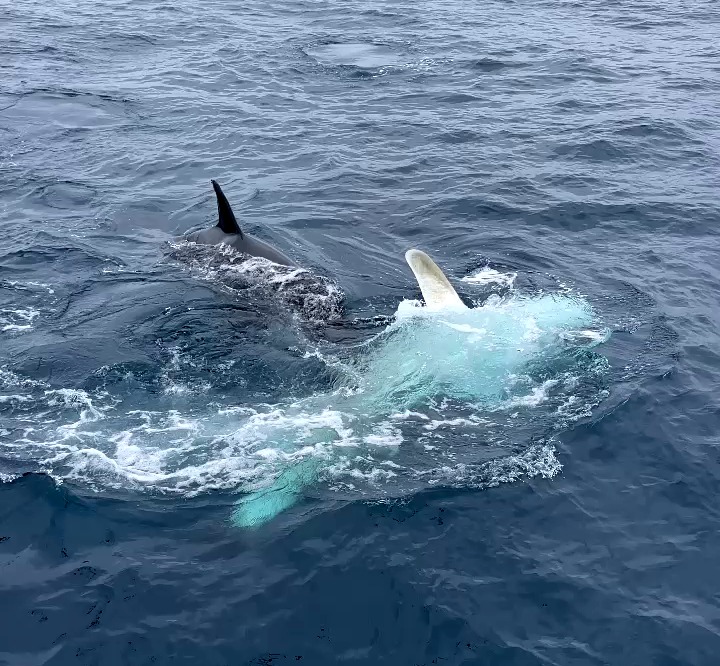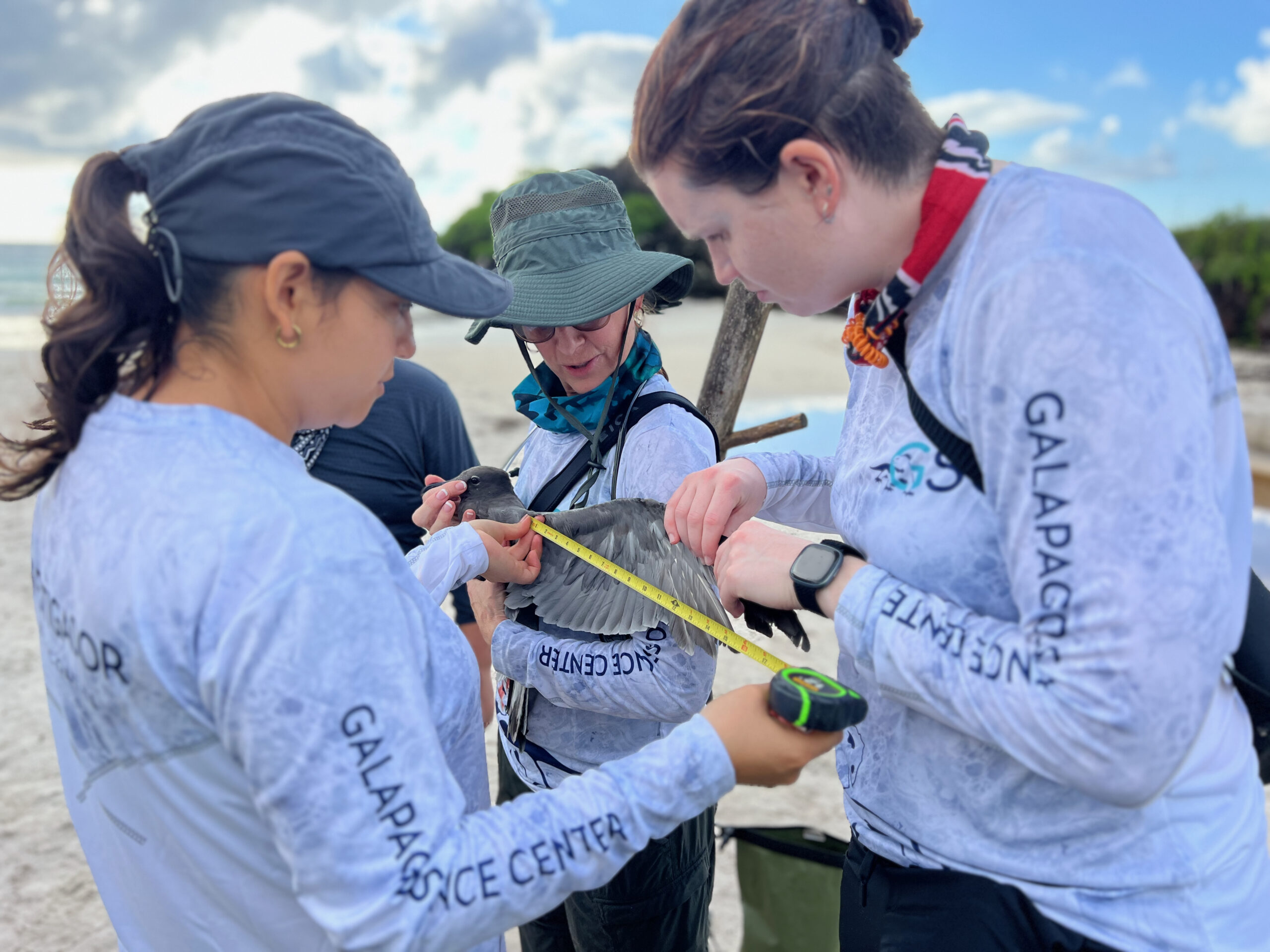Lobo marino de Galápagos
Destacados:
• Se analizó el plomo en los huesos de cuatro especies de pinnípedos de tres áreas marinas.
• Las concentraciones más bajas de plomo se encontraron en pinnípedos del archipiélago de Galápagos.
• Las concentraciones de plomo fueron más altas en pinnípedos de Mauritania y el Río de la Plata.
• En aguas mauritanas, la probable origen del plomo fue el polvo del Sahara transportado por el viento.
• En las aguas del Río de la Plata, la probable origen del plomo fue las actividades industriales.
Resumen:
El plomo (Pb) es un elemento traza que está presente de forma natural en regiones áridas, pero también se libera al medio ambiente marino mediante emisiones industriales antropogénicas. En este estudio, evaluamos las concentraciones de Pb en muestras de huesos de cuatro especies de pinnípedos: el lobo marino de Galápagos Zalophus wollebaeki, muestreado en el archipiélago de Galápagos, la foca monje Monachus monachus de Mauritania, y la foca de pelo sudamericana Arctocephalus australis y el león marino sudamericano Otaria flavescens, de Uruguay, e investigamos posibles diferencias geográficas. Las concentraciones de plomo en las muestras de Galápagos fueron más bajas que las detectadas en las muestras de Mauritania y Uruguay, indicando que el archipiélago de Galápagos es un lugar comparativamente prístino para este elemento tóxico en relación con las otras dos áreas. Las aguas de Mauritania y Uruguay probablemente están afectadas por la entrada de plomo transportado por el polvo del desierto y liberado por la industria local, respectivamente. Este estudio respalda el uso de los huesos para evaluar las concentraciones de plomo en la biota, así como el uso de pinnípedos como bioindicadores de la contaminación marina.
Conoce más del artículo científico en el siguiente enlace: www.sciencedirect.com/science/article/pii/S0272771424000015?via=ihub






